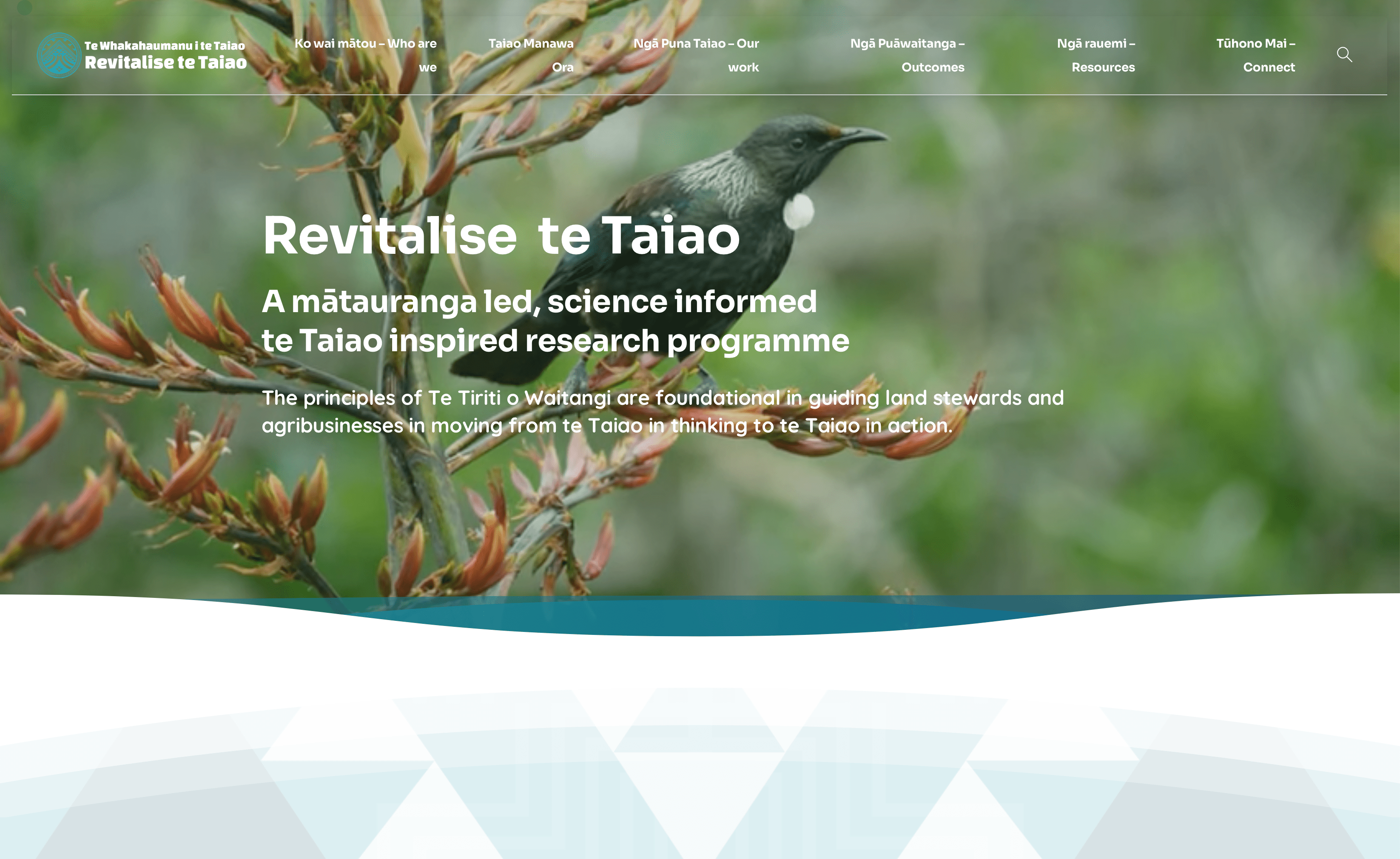How To Identify Sources of Faecal Contamination
A new framework will guide regional authorities through the process of identifying sources of E. coli when water quality guidelines are exceeded – including what to do when the source of faecal pollution can’t be identified, or when actions to mitigate pollution don’t work.
Regional and city council staff now have a documented process to follow when faecal contamination is identified in freshwater, created by ESR researchers involved in the Faecal Source Tracking research project funded by Our Land and Water.
The framework sets out a series of logical steps to help councils identify contamination sources when Escherichia coli (E. coli) recreational water quality guidelines are exceeded, and guides council staff toward what can be done to mitigate the contamination. It also shows councils what to do when the source of faecal pollution can’t be identified, or when actions to mitigate pollution don’t work.
For example, Tasman District Council was finding high levels of microbial contamination in a beach area. Various mitigations had been applied, but water quality measurements still exceeded guidelines. Following the framework, the council decided the logical next step was additional sampling to investigate historical sources of Escherichia.
The framework replaces previously informal, undocumented decision-making processes, and helps councils fulfil a requirement introduced by the National Policy Statement for Freshwater Management 2020, whereby they need to prepare an action plan when water quality indicators (such as E. coli) exceed criteria.
The framework will streamline and clarify decision-making within councils, reducing the workload burden on staff, particularly in resource-constrained regional authorities – and ultimately, contribute to safer recreational swimming in Aotearoa’s rivers, and improved water quality for future generations.
Adding value to an MfE survey
This initiative was set in motion when, in 2020, the Ministry for the Environment (MfE) funded an ESR-led freshwater survey aiming to better understand the relationship between the presence of pathogens in freshwater, E. coli indicators, and people getting sick. Current recreational freshwater public health guidelines are based on a similar Quantitative Microbial Risk Assessment study conducted 20 years ago when faecal source identification was not available.
Researchers at ESR, along with Faecal Source Tracking research lead Dr Adrian Cookson, an AgResearch senior scientist, recognised an opportunity to add value to the MfE survey by contributing knowledge and methods from their Our Land and Water research, and to extend its uptake by helping councils identify and mitigate faecal pollution sources.
The researchers were supported by a round of Our Land and Water ‘impact extension’ funding in July 2020, for small projects aiming to increase the impact of completed research. This funding opportunity is unique to the National Science Challenges, enabled by the nimble nature of the Challenges, the close connection between funder and researcher, and the mission-led impact focus.
Researchers identified two types of naturalised Escherichia: one not derived from mammalian faecal sources; the other from aged faecal sources, and importantly still associated with waterborne pathogens.
Findings from a ‘finer tooth comb'
As part of the MfE survey, ESR took water samples from 16 sites with historically high levels of E. coli and tested for E. coli by Colilert, pathogens and faecal sources. The impact extension funding enabled AgResearch to use a ‘finer tooth comb’ to undertake E. coli population-based studies and identify sub-types of E. coli in the Colilert samples. A Pūhoro STEM Academy intern contributed to the analysis and sub-typing of 840 E. coli.
Researchers identified two types of naturalised Escherichia: one not derived from mammalian faecal sources; the other from aged faecal sources, and importantly still associated with waterborne pathogens.
Another key finding was that flow-weighted measurements of E. coli were helpful in narrowing down major contributors to contamination, a technique not yet widely implemented. For example, there might be the same concentration of E. coli per 100ml in water from both a stream and a river, but the river is likely to contain much more E. coli because of the higher volume of water.
Three-step framework
The Our Land and Water funding then supported ESR scientist Dr Meg Devane and a team led by Dr Brent Gilpin to refine its proposed three-step framework for the assessment of recreational water quality, to provide guidance for regional authorities.
The framework includes a step-by-step guide to identifying the source of faecal contamination (Step 2); decision trees outlining steps for identifying human, livestock, avian and mixed sources of faecal contamination; and advice and additional tactics if the source of contamination cannot be identified. If interventions cannot be implemented or are ineffective, Step 3 provides a strategy for health risk assessments.
Scientists from eight regional councils, members of hapū and rūnanga, and community groups provided input on the framework, via case studies of faecal contamination scenarios. Between October and December 2020, feedback on the initial framework was sought via webinar with regional councils via the SWIM (Surface Water Integrated Management) special interest group. Additional SWIM webinars to share findings from the OLW projects are planned for 2021.
This article was prepared as an impact case study for MBIE as part of Our Land and Water's 2020–21 annual reporting requirement.
More information:
- Refinement of the Framework for Assessment of Recreational Water Quality by Megan Devane, Margaret Leonard, Carla Eaton (Report for Our Land and Water, June 2021)
- Faecal source tracking and the identification of naturalised Escherichia coli to assist with establishing water quality and faecal contamination levels by Marie Moinet, Lauren Gadd, Megan Devane, David Wood, Brent Gilpin, Adrian Cookson (Report for Our Land and Water, June 2021)
- Framework assessment for water quality (presentation to SWIM special interest group of policy planners and scientists from across 15 regional authorities, 30 September 2021)
- The next steps for sites with elevated E. coli concentrations above water quality guidelines (presentation to SWIM special interest group, 30 September 2021)
- Faecal Source Tracking research
Author
 View Our Strategy Document 2019 – 2024
View Our Strategy Document 2019 – 2024



